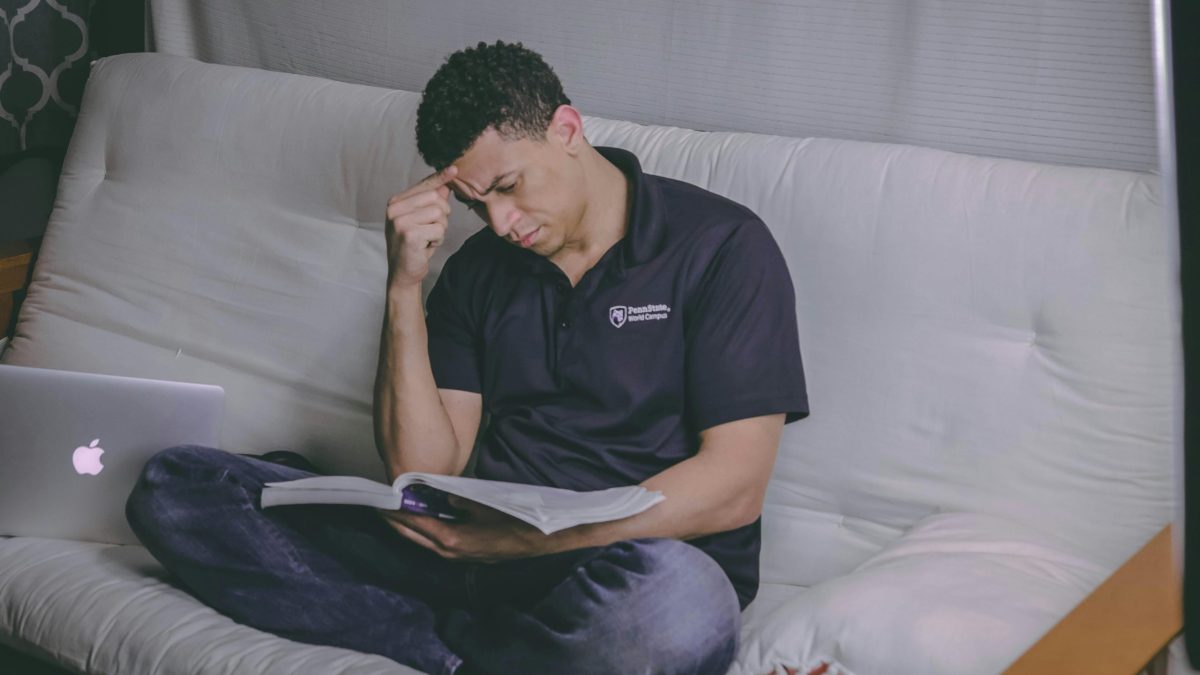Introduction to Home Learning Environments

A positive learning atmosphere at home is not just beneficial; it’s essential. It lays the foundation for children’s academic and personal development, fostering a love for learning that extends far beyond the classroom walls. The benefits are manifold, encompassing:
- Improved academic outcomes
- Enhanced self-esteem
- Development of effective study habits
Creating a Dedicated Learning Space

At the heart of a positive home learning environment lies the creation of a dedicated learning space. This designated area serves as a sanctuary for learning activities, a crucial element in establishing a routine and mindset geared towards educational engagement. The importance of such a space cannot be overstated; it signals to the child that learning is a valued activity, deserving of its own special place in the home.
Setting up a conducive learning environment involves:
- Thoughtful consideration of lighting, with natural light being best for fostering alertness and well-being.
- Comfortable, age-appropriate furniture to support physical development and encourage focus.
- Minimisation of distractions to ensure the child’s attention remains on their learning activities.
Adapting the space to fit the child’s age and learning preferences is key to fostering a love for learning. For younger children, the space might be vibrant and filled with tactile learning tools, while older children might benefit from a more structured setup, with a desk and organised storage for their materials. Regardless of age, the space should be inviting, reflecting the child’s interests and making them feel at ease, eager to explore and learn.
By dedicating time and effort to create a learning space that is both functional and inspiring, parents lay the groundwork for a positive learning experience at home. This space becomes a cornerstone of the child’s educational journey, a place where they can explore, grow, and develop a lifelong love for learning.
Establishing a Routine and Structure

A consistent schedule is the backbone of a learning mindset. It provides predictability, which in turn, fosters a sense of security and focus in children. When they know what to expect, they can mentally prepare, transitioning more smoothly between activities. This predictability helps to reduce anxiety and resistance, making the learning process more enjoyable and effective.
However, it’s not just about structured study times. Balancing these with breaks and leisure activities is equally important. Consider:
- Incorporating short breaks during study sessions to boost concentration and productivity, preventing burnout.
- Leisure activities offer a chance for children to explore their interests and passions, contributing to their overall development and well-being.
Involving children in the planning process is a game-changer. It encourages them to take ownership of their learning journey, fostering a sense of responsibility. When children have a say in their schedule, they’re more likely to be engaged and committed. This involvement also provides an excellent opportunity for them to learn about time management and prioritisation, skills that will benefit them throughout their lives.
Creating a balanced and consistent routine isn’t just about academic success; it’s about nurturing well-rounded individuals who are curious, responsible, and resilient. By establishing a structured yet flexible schedule, parents can provide their children with the foundation they need to thrive, both academically and personally.
For more insights on creating effective study schedules, the Raising Children Network offers a wealth of resources tailored to the Australian context, providing practical advice and support for parents and guardians.
Integrating Technology Wisely

Integrating technology into learning is akin to walking a tightrope. On one side, there’s the vast potential to enhance education, making learning more engaging and accessible. On the other, the pitfalls of distraction and overexposure loom. Striking the right balance is key. It’s about choosing tools that genuinely contribute to learning, without letting them overshadow the essence of education.
When it comes to educational apps and websites, quality trumps quantity. Apps like Khan Academy and Duolingo stand out for their ability to tailor learning to the individual, making complex concepts digestible. Websites such as National Geographic Kids and the Australian Museum offer a treasure trove of resources that spark curiosity and encourage exploration.
However, the digital world is vast and not without its hazards. Guidelines for screen time are crucial. The Australian Department of Health recommends no more than two hours of recreational screen time per day for children aged 5-17. Equally important is internet safety. Engaging in open conversations about online risks and setting up parental controls are proactive steps towards a secure digital environment.
By thoughtfully integrating technology, we can harness its power to enrich learning, while safeguarding against its potential downsides. It’s about making informed choices, setting boundaries, and fostering a balanced approach to digital consumption. This careful integration of technology supports the overarching goal of creating a positive home learning environment, where children can thrive both academically and personally.
Fostering Reading and Critical Thinking

At the core of a thriving home learning environment is the ability to read. Reading acts as a gateway to learning across all subjects, laying the groundwork for a comprehensive understanding of the world. It’s not just about decoding words on a page; it’s about building a foundation for lifelong learning and curiosity.
- To cultivate a rich reading culture at home, diversity in reading materials is key.
- A variety of genres, topics, and formats can spark interest and cater to different learning styles and preferences.
- From classic literature to contemporary non-fiction, comics, and digital content, the aim is to surround children with a world of ideas and stories.
But reading is only the beginning. The magic happens when discussions unfold around what has been read.
- Encouraging children to ask questions, share their thoughts, and critically engage with content transforms reading from a solitary activity into a dynamic learning experience.
- These discussions can challenge their thinking, broaden their perspectives, and develop their critical thinking skills.
Creating an environment where reading and discussion are valued not only enhances academic skills but also fosters empathy, creativity, and a deeper understanding of the complex world around us. By prioritizing these activities, we equip children with the tools they need to navigate their educational journey and the broader challenges of life with confidence and insight.
Involving in Practical Life Skills Learning

Integrating practical life skills into a child’s daily routine offers immense educational value, bridging the gap between theoretical knowledge and real-world application. These activities are not just chores; they are lessons in responsibility, independence, and critical thinking. By participating in everyday tasks, children learn to navigate the complexities of daily life, gaining confidence and autonomy.
- Practical life skills activities range from simple to complex, suitable for different age groups.
- Young children might start with setting the table, progressing to preparing simple meals, managing their laundry, or budgeting their allowance.
- Each task, while seemingly mundane, is a stepping stone towards self-reliance and problem-solving prowess.
These activities do more than teach children how to perform tasks; they promote independence, encouraging children to think for themselves and make decisions. Problem-solving becomes second nature as they figure out how to overcome obstacles, be it measuring ingredients correctly or managing their time efficiently. Critical thinking is honed through everyday decisions and reflections on their actions and outcomes.
- Moreover, involving children in practical life skills fosters a sense of responsibility and pride in their accomplishments.
- They learn the value of hard work and the satisfaction of contributing to their family and community.
By embracing practical life skills learning, we equip our children with the tools they need to thrive in the real world. These activities lay the foundation for a lifetime of learning, ensuring that children grow into competent, confident, and capable adults. The benefits of this approach are profound, impacting not just the individual child but society at large.
In Closing
Creating a positive home learning environment is transformative. It nurtures resilience and a joy for learning. Through intentional spaces, structured routines, wise technology use, and fostering critical thinking, we guide children towards academic and personal growth. These efforts cultivate a fertile ground for curiosity, responsibility, and lifelong success. Let’s commit to this nurturing path, empowering our children to explore, learn, and thrive in an ever-changing world.
How to Foster a Positive Home Learning Environment FAQs
Establish a dedicated learning space that is quiet and comfortable. This space should be free of distractions and equipped with the necessary supplies for studying or doing homework. It’s important that this area feels inviting and is consistently available for learning activities.
Show interest in their learning activities and provide positive reinforcement for their efforts. Asking questions about what they are learning and expressing enthusiasm for their progress can motivate them to engage more deeply. Additionally, incorporating educational games or projects that align with their interests can make learning more enjoyable and relevant.
Involving your child in decisions about their learning space and schedule can increase their commitment and satisfaction. Allowing them to choose some aspects of their learning environment, such as the layout of their study area or the timing of breaks, gives them a sense of control and responsibility. This involvement can boost their motivation and make the learning experience more personal and engaging.
Open communication is essential; regularly check in with your child about how they are feeling and any challenges they are facing. Providing emotional support and understanding, especially during difficult times, can help them feel secure and valued. Encouraging them to express their feelings and offering guidance on how to manage stress can also contribute to a positive learning environment.
Technology can provide access to a vast array of educational resources and interactive learning tools. Using educational apps and websites can complement traditional learning methods and cater to different learning styles. However, it’s important to monitor screen time and ensure that technology is used purposefully and not as a distraction.
A positive home learning environment can significantly enhance a child’s ability to focus, retain information, and develop a love for learning. It provides the stability and support necessary for academic achievement and personal growth. Furthermore, it can instill confidence and independence, preparing them for lifelong learning and success.
Breaks are crucial for mental and physical well-being, allowing time to relax and recharge. Regularly scheduled short breaks can help maintain concentration and prevent burnout. Encouraging activities during breaks that are completely different from study tasks, like physical exercise or creative hobbies, can enhance overall productivity and mood.
The physical setup of the learning space can significantly impact concentration and comfort. Ensuring adequate lighting, comfortable seating, and a clutter-free area can help reduce fatigue and increase focus. Personalizing the space with items that the learner finds motivating or calming can also enhance the learning experience.
Routine provides structure and predictability, which can help reduce anxiety and improve focus. Setting specific times for study, breaks, and leisure activities can help manage time effectively and create a balanced day. Consistency in these routines reinforces expectations and helps build good habits.
Identifying and minimizing potential sources of distraction is key, such as turning off unnecessary electronic devices and using noise-cancelling headphones. Creating a schedule that includes breaks can help maintain focus during study times. Also, setting clear rules about the use of technology and social media during learning hours can significantly reduce distractions.

